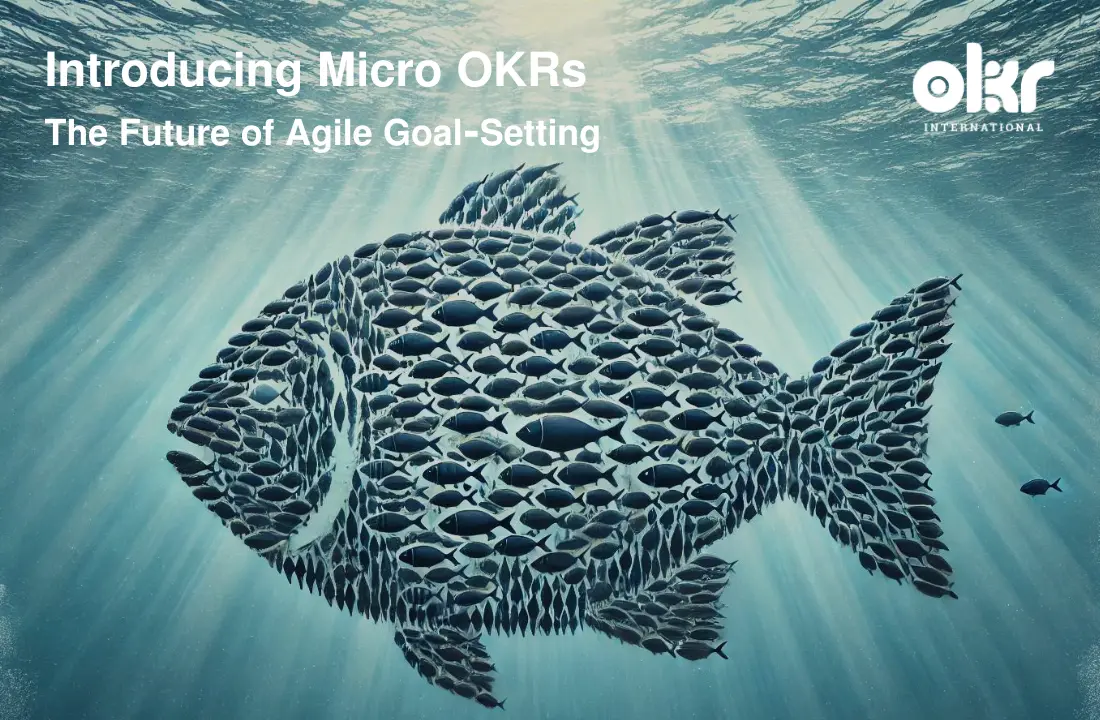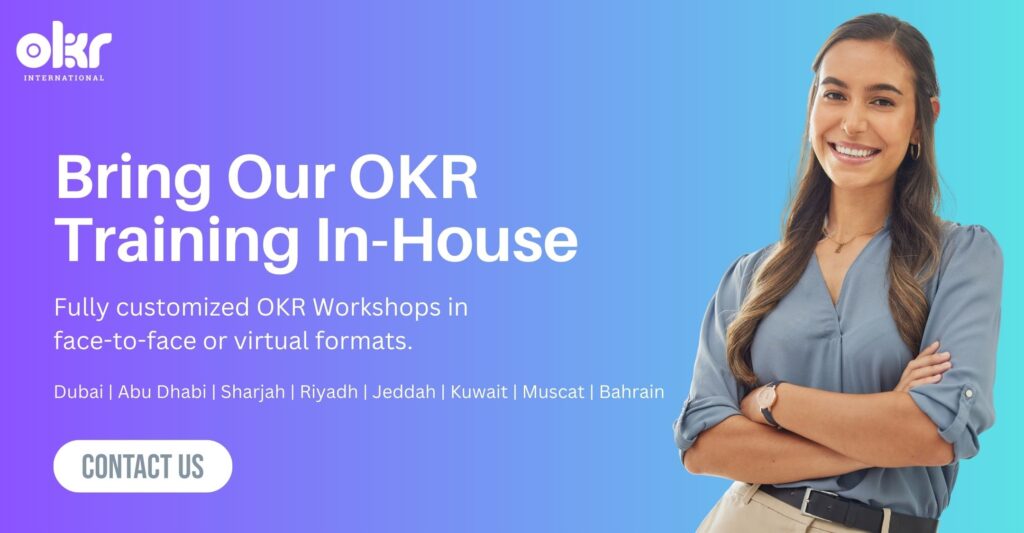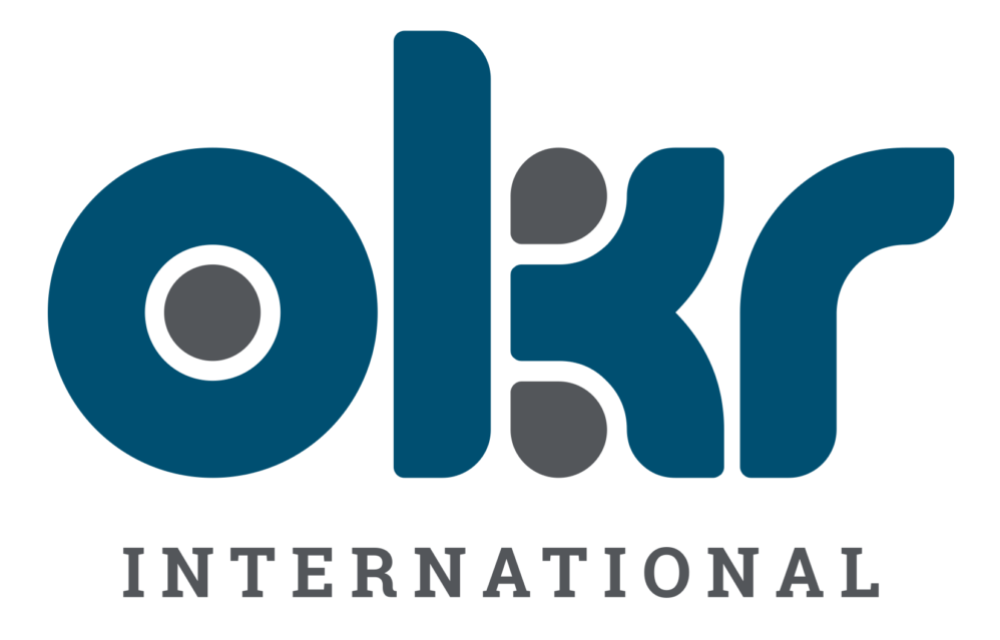Tactical OKR:
This Tactical OKR is designed to drive short-term improvements in user engagement and operational efficiency. It serves as a bridge between the strategic vision and day-to-day operations, ensuring that quarterly efforts contribute meaningfully to the company’s broader objectives.
Objective:
Improve user engagement and operational efficiency of the mobile app in Q3.
Key Results:
- Increase daily active users by 30% by implementing targeted marketing campaigns.
Teams Involved: Marketing, Data Analytics, Product team, etc.- This KR focuses on boosting daily user interaction through precise marketing strategies. By leveraging data analytics and targeted campaigns, the goal is to enhance user engagement and drive consistent daily activity within the app.
- Decrease customer complaint rate by 40% by enhancing customer support services.
Teams Involved: Customer Success, Customer Operations, IT team, etc.- Aims to improve the overall user experience by resolving issues more efficiently. This KR targets a reduction in complaints by optimizing support processes, utilizing better tools, and providing faster, more effective customer service.
- Complete deployment of new analytical tools to better understand user behavior and preferences.
Teams Involved: Product, IT, Data Analytics team, etc.- This KR is focused on the implementation of advanced analytics to gain deeper insights into user behavior. By completing this deployment, the team can make data-driven decisions that improve app functionality and user satisfaction.
Micro OKR: Customer Success Team
This Micro OKR is designed to significantly enhance customer support processes, leading to increased customer satisfaction and reduced churn. It aligns with the broader company goals by focusing on short-term, actionable improvements that directly impact customer relations and retention.
Objective:
Optimize customer support processes to increase satisfaction and reduce churn.
Key Results:
- Decrease average response time to customer inquiries by 50% within the next month.
Teams Involved: Customer Success, IT Support, Operations, etc.- This KR focuses on improving the responsiveness of the Customer Success Team. Faster response times are expected to lead to higher customer satisfaction and a perception of the company as reliable and attentive, directly impacting retention rates.
- Increase customer satisfaction scores by 20% by the end of two months.
Teams Involved: Customer Success, Quality Assurance, Product Development, etc.- This KR aims to measure the success of improved customer support processes through customer feedback mechanisms like surveys or Net Promoter Scores (NPS). Enhanced satisfaction scores will indicate the effectiveness of the changes implemented.
- Implement a new customer feedback system and achieve a 40% usage rate among customers by the end of the quarter.
Teams Involved: Customer Success, IT, Product Development, etc.- This KR involves deploying a new tool to collect structured and actionable feedback from customers. Achieving a 40% adoption rate will provide valuable insights for continuous improvement, ensuring that customer needs are met effectively.
Micro OKR: Marketing Team
This Micro OKR is focused on driving significant improvements in user engagement metrics, particularly DAUs (Daily Active Users) and MAUs (Monthly Active Users). It aligns with the company’s strategic goals by enhancing user engagement and app vitality, crucial for sustaining growth.
Objective:
Significantly increase DAUs and MAUs to enhance user engagement and app vitality.
Key Results:
- Increase DAUs by 30% within the next month through optimized push notification strategies.
Teams Involved: Marketing, Data Analytics, Product Development, etc.- This KR focuses on boosting daily user interaction by refining push notification strategies. Personalized content, timely reminders, and incentives are expected to encourage users to engage with the app more frequently, driving up DAUs.
- Grow MAUs by 20% by the end of two months with referral marketing campaigns.
Teams Involved: Marketing, Product Development, Customer Success, etc.- This KR aims to leverage the current user base to attract new users through a referral program. The success of this initiative will be measured by the growth in MAUs, ensuring sustained app usage and growth.
- Improve retention rate by 15% within two months by enhancing user onboarding processes.
Teams Involved: Marketing, UX/UI Design, Product Development, etc.- This KR targets the early stages of user engagement, focusing on improving the onboarding process to retain new users. Enhanced walkthroughs, tutorial videos, and early engagement rewards are expected to keep users engaged, leading to higher retention rates.
Micro OKRs – Frequently Asked Questions
-
What are Micro OKRs, and how do they differ from regular OKRs?
Answer: Micro OKRs are a specialized subset of the broader OKR framework, designed for short-term, highly focused applications. Unlike regular OKRs, which typically follow quarterly cycles, Micro OKRs operate on much shorter timelines—often weekly or monthly—allowing for rapid iteration and quick responses to immediate challenges.
-
Why are Micro OKRs essential in today’s BANI world?
Answer: In a BANI (Brittle, Anxious, Non-linear, Incomprehensible) world, Micro OKRs offer the flexibility and adaptability needed to navigate uncertainty. They enable organizations to quickly adjust their objectives and strategies, ensuring resilience and responsiveness in rapidly changing environments.
-
How can Micro OKRs improve daily active users (DAUs) and monthly active users (MAUs)?
Micro OKRs can be tailored to focus specifically on increasing DAUs and MAUs by implementing targeted marketing campaigns, optimizing user onboarding processes, and refining engagement strategies like push notifications and referral programs, leading to enhanced user engagement and retention.
-
What are the primary characteristics of Micro OKRs?
Micro OKRs are characterized by their short time frame, specific focus, flexibility, granularity, and alignment with broader strategic goals. These attributes make them ideal for addressing immediate challenges, testing new initiatives, and achieving quick wins in fast-paced environments.
-
How do Micro OKRs align with Strategic and Tactical OKRs?
Micro OKRs align with Strategic and Tactical OKRs by breaking down broader objectives into actionable, short-duration tasks. Micro OKRs handle immediate, detailed actions that support these broader objectives.
-
Can Micro OKRs be used across different teams within an organization?
-
How do Micro OKRs enhance cross-functional collaboration?
Micro OKRs facilitate short-term, focused collaborations across different departments by setting clear, actionable objectives that require the combined efforts of multiple teams. This approach drives quick wins and fosters a culture of cooperation and shared success.
-
What is the role of feedback in Micro OKRs?
Feedback plays a crucial role in Micro OKRs by allowing teams to make real-time adjustments based on user input, testing results, or market changes. This iterative process ensures that the objectives remain relevant and that the actions taken lead to the desired outcomes.
-
How can Micro OKRs be integrated into existing OKR frameworks?
-
How do Micro OKRs contribute to operational agility?
Micro OKRs contribute to operational agility by allowing organizations to respond quickly to changing conditions, test new ideas efficiently, and make rapid adjustments as needed. This agility is essential in maintaining momentum and achieving quick results in a fast-paced business environment.





